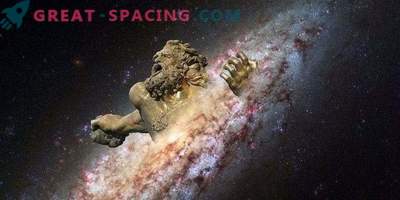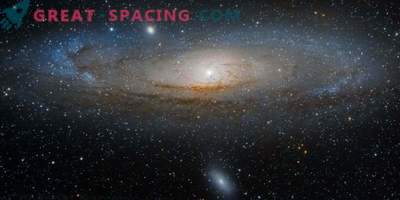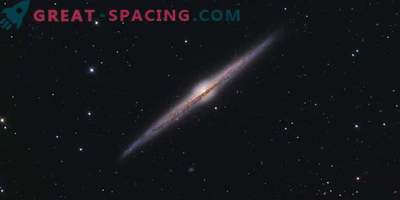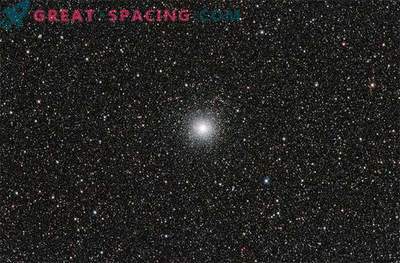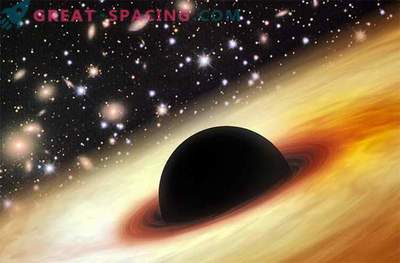
Could a meeting with a nearby galaxy knock out millions of Milky Way stars? Astronomers are trying to figure this out.
The Milky Way has not the most peaceful past. This is a real gangster of the galactic world with actions like swallowing other galaxies, stealing stars and turbulent events in which it does not always win. A new study suggests that one of these clashes ended in a space wound on the Milky Way disk, left 300 million years ago.
This mark is seen in a cluster of several million stars whose behavior differs from the expected one. While other stars rotate in a specific pattern around the galactic center, rogues also make movements, but in the form of a wobbly spiral pattern. The observed forms resemble spirals and snail shells, which hints at a strong gravitational perturbation that has touched our disk.
Signs of a battle scar became noticeable when the stars were surveyed in early 2018 by the ESA Gaia satellite. The mission provided scientists with the most detailed picture of the Milky Way with a description of locations and speeds of more than 1.7 billion stars. In a detailed study, the researchers noticed that one cluster in the disk of our galaxy rotates differently than the neighbors.
Crime investigation
To understand the situation, scientists used the information and the provisions for 6 million stars to mathematically reveal the mysterious shell. Models have shown that the disturbance that brought down stellar orbits probably occurred 300-900 million years ago. Most likely, at that moment a smaller satellite galaxy passed by the Milky Way, whose gravity knocked out a group of stars from the system.
The dwarf galaxy in Sagittarius holds several tens of billions of stars and is considered one of the strongest suspects. Previous analyzes have shown that it really performed a close approach to our galaxy between 200 million and 1 billion years ago. If so, then the event should be perceived as the action of a tiny magnet on a giant ring of iron filings. The galaxy in Sagittarius (magnet) could come close to the Milky Way knocking several native stars from their usual orbits.
It has been hundreds of millions of years since the incident, and astronomers are still watching the effects. The swirling star cluster still stands out in an unusual shape. But the Milky Way does not give up so easily. There is evidence that right now our galaxy is eating the stars of Sagittarius and will tear the galaxy to shreds for the next 100 million years! Touche!

